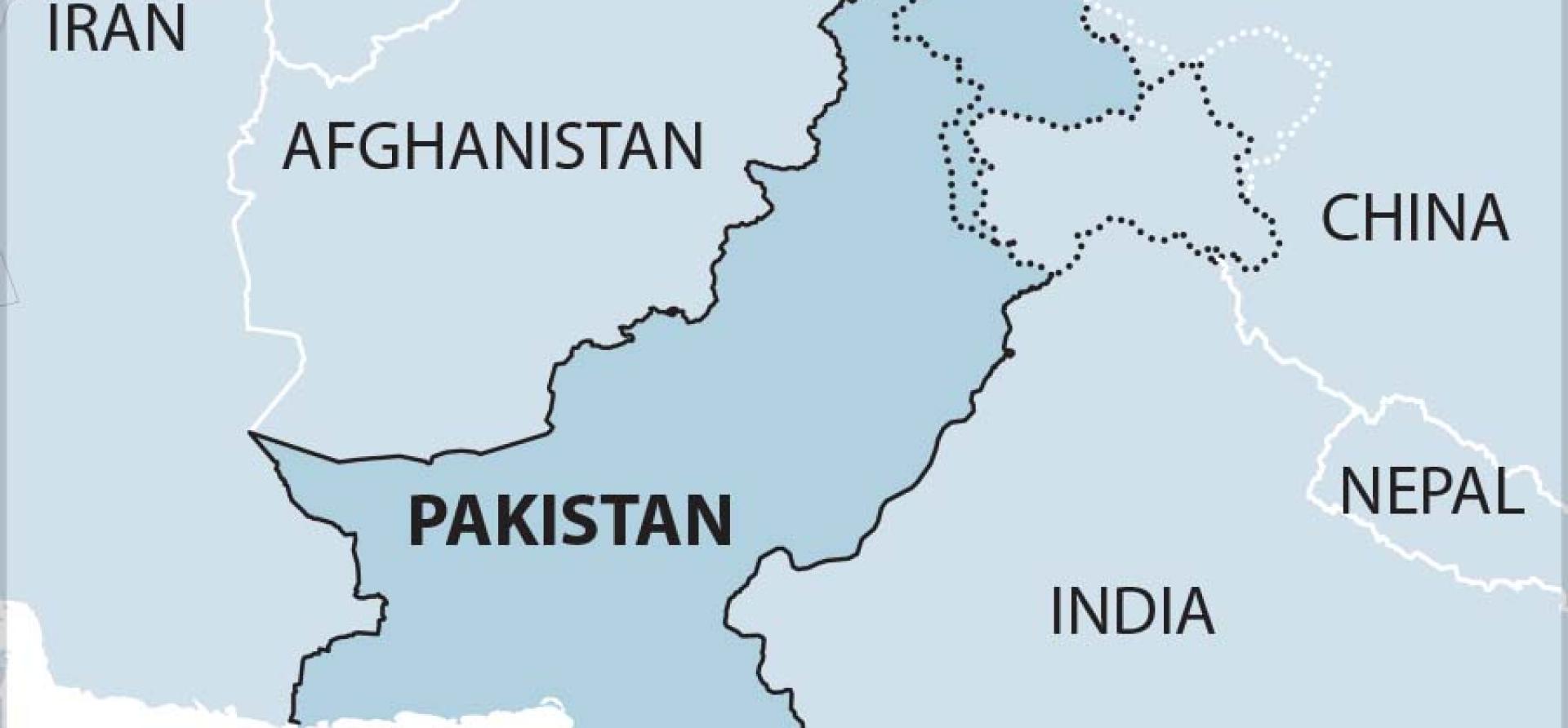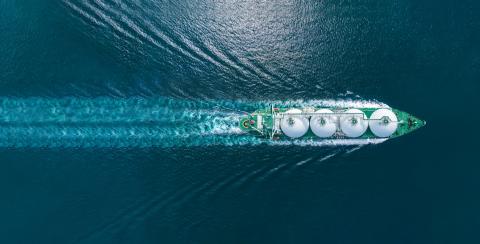IEEFA: PM Imran Khan’s ill-timed visit to Russia highlights the risks of Pakistan’s LNG investment

The unfortunate timing of Prime Minister Imran Khan’s visit to Russia received plenty of attention as the Ukraine crisis continued to build.
As it turned out, the timing was even worse than some had feared – Russia’s invasion of Ukraine started while the Prime Minister was in Moscow.
The main reason behind PM Khan’s visit to Russia was to advance the Pakistan Stream Gas Pipeline. This long delayed multibillion dollar project aims to transport imported liquefied natural gas (LNG) from the southern part of the country to major demand centres in the north.
PM Khan’s visit to Russia was to advance the Pakistan Stream Gas Pipeline
The irony of the visit is that the project’s delay was partly due to western sanctions following Russia’s annexation of Crimea in 2014. Pakistan asked a company previously attached to the project, a subsidiary of the Russian state-owned tech giant Rostec, to be replaced after it came under sanctions.
Following the invasion of Ukraine, the pipeline is at severe risk of further delays following the significantly greater sanctions now imposed on Russia.
In addition, LNG prices are already rising following the invasion, further questioning the sense of further LNG infrastructure investment in Pakistan.
The two countries signed an initial project agreement on the pipeline in 2015, with Russia providing almost 85% of the financing and operating the pipeline for 25 years. However, the deal couldn’t go forward as planned, as the two countries continued to debate the exact terms of the agreement.
As a result, in May 2021, an amendment to the original Intergovernmental Agreement (IGA) was signed between the two parties, whereby the project financing structure of the project was significantly changed. Pakistan now holds a 74% stake in the project, while Moscow holds the remaining 26%.
Pakistan’s stake will be owned by the Sui Gas and Sui Northern Companies; while Russia’s interests will be represented by a consortium of the Eurasian Pipeline Consortium (a company with links to Vladimir Putin), the state-controlled Tsentr Ekspluatatsionnykh Uslug, and the steel pipe maker Trubnaya Metallurgicheskaya (TMK). The pipeline will run for almost 1,100km, have a transportation capacity of 12.4 billion cubic meters, and could cost anywhere between $2-$3 billion.
Pipeline is at severe risk of further delays
As tensions escalate between Russia and the West, Pakistan now finds itself in a very awkward position. After Russia invaded Ukraine, Germany has already put a hold on the Nord Stream 2 pipeline, while other European nations and the United States responded by imposing restrictions on the Russian banking sector.
Global oil and gas markets have reacted to the political tensions in turn, as Brent Crude achieved a high of almost $100 per barrel, and Asian LNG prices surged more than 50% to again approach US$40 per metric million British thermal units.
Despite the extreme current circumstances, such LNG price surges are no longer unusual. Two major price spikes were experienced during 2021, and global LNG prices were expected to remain high even before the invasion of Ukraine.
As global LNG prices respond to the economic sanctions imposed on Russia, the feasibility of the gas pipeline becomes even more questionable, as Pakistan and Russia are yet to agree on a pricing formula for the gas transportation tariff.
If imposed on any of the Russian partners in the deal, the sanctions themselves could lead to even further delays in the pipeline construction. The negotiations for the project haven’t been easy so far, as issues of land acquisition and sovereign guarantees become sticking points for the two parties.
The future of gas and LNG faces a lot of uncertainty in Pakistan
In particular, the future of gas and LNG faces a lot of uncertainty in Pakistan. The two existing LNG terminals are reportedly underutilized, leading to the buildup of unsustainable capacity payments towards the government’s end. Pakistan has consistently had difficulty meeting its LNG demand in the winter months, as ENI and Guvnor continue to default on their commitments and fail to deliver on term cargoes.
The price volatility of the spot market makes it economically prohibitive to procure the fuel at such exorbitant prices, and a shift towards furnace oil has been observed in the industrial and power sectors.
Is it prudent then to bring on more LNG infrastructure such as the Pakistan Gas Stream Pipeline?
Pakistan’s new National Electricity Policy 2021 makes it very clear that “The generation mix for the sector shall gradually reduce reliance on imported fuels.” Even the power division’s long-term energy plan – the Indicative Generation Capacity Expansion Plan (IGCEP) – predicts the utilization of all imported LNG-based generation to fall to zero by 2030. Given the current price trends for LNG, we may see this happening even sooner.
It makes no sense to continue investing in expensive LNG infrastructure
Even if global economic sanctions on Russia don’t already jeopardize the future of the pipeline project, the price volatility around LNG and the prospect of all LNG-based generation getting stranded in the future should at least make the Government of Pakistan look more closely into the feasibility of the Pakistan Stream Gas Pipeline.
Pakistan has made clear in the National Electricity Policy and the IGCEP that the power sector needs to reduce its dependence on imported fossil fuels.
It, therefore, makes no sense to continue investing in expensive LNG infrastructure.
When that infrastructure is to be built by entities from a pariah state under heavy sanctions, it makes even less sense.
Simon Nicholas and Haneea Isaad are Energy Finance Analysts at IEEFA.
This commentary first appeared in Dawn.
Related articles
For emerging Asia, LNG volatility puts energy security and economic growth in jeopardy
China and Pakistan’s ‘no more coal power’ pledges don’t hold up to scrutiny
Investments in new LNG infrastructure may not be a safe bet for Pakistan












